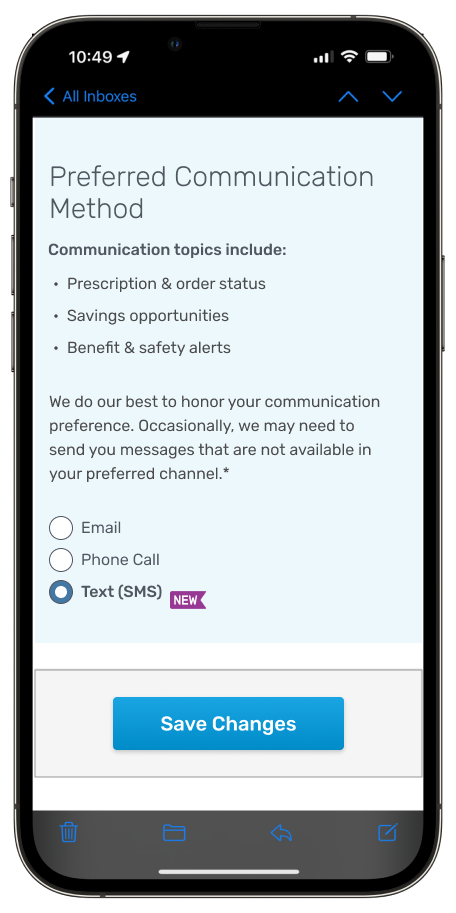Your summer COVID-19 update

Simplified vaccine guidance, the end of the public health emergency, and a new combination COVID-19 and flu test
The switch from monovalent to bivalent vaccines
When the pandemic started, the initial vaccines targeted the original strain of COVID-19. By now the original strain of COVID-19 has been taken over by subvariants of Omicron.
As a result, earlier this year the U.S. Food and Drug Administration (FDA) removed the authorization for monovalent vaccines from Pfizer and Moderna (which target a single strain) and instead authorized bivalent vaccines that target both the original and Omicron BA.4 and BA.5 strains. The FDA has not made any changes to the recommendation for the original Johnson & Johnson and Novavax vaccines.
The Biden administration recently launched a $5 billion program to accelerate the development of new COVID vaccines and treatments called “Project Next Gen,” so keep an eye out for other potential vaccine options in the near future.
Simplified vaccine guidance and updated boosters
The eligibility for vaccines and boosters depends on several factors, including your age, health status, and vaccination history.
- Everyone 6 years and older may receive one updated (bivalent) Pfizer-BioNTech or Moderna COVID-19 vaccine, regardless of whether they received any original COVID-19 vaccines.
- People 65 and older who received a bivalent vaccine may receive an additional booster at least four months following their last vaccine.
- Most immunocompromised individuals may receive one additional bivalent booster at least two months following a dose of a bivalent vaccine. Additional doses may be administered at the discretion of your healthcare provider.
- Children 6 months through 5 years may need multiple doses of the COVID-19 vaccine to be up to date, depending on the number of doses they received previously and their age.
Still unsure whether you’re eligible for an updated bivalent vaccine? The Centers for Disease Control and Prevention (CDC) has an online guide to help you figure it out.
The end of the public health emergency
On May 11, 2023, the Biden administration ended the public health emergency (PHE) that gave Americans access to COVID-19 testing, treatments, vaccines, and more at no cost. Here are some of the changes you should be aware of now that the PHE has ended.
Despite the end of the PHE, check your health plan benefits. They may still cover at-home COVID-19 test kits at no cost or at a reduced cost.
The first at-home COVID-19 and flu test
The FDA has authorized the first at-home, over-the-counter test to help detect and differentiate between COVID-19 and influenza A and B. The test provides results from a self-collected nasal swab sample in 30 minutes. It’s not widely available yet but it could be helpful during the 2023-2024 flu season.
Authorized COVID-19 treatments
There are currently three antiviral treatment options authorized by the FDA for people with mild to moderate symptoms who are more likely to get very sick.
- Remdesivir is authorized for adults and children, but is given as an intravenous (IV) infusion at a healthcare facility.
- The other two options are taken by mouth (oral) antivirals — Paxlovid®, which is authorized for adults and children ages 12 and older, and molnupiravir, which is only authorized for adults.
These treatments are only effective if taken within a few days of experiencing symptoms. If you’re prescribed an oral antiviral — particularly Paxlovid — make sure to mention all the medications you’re taking to avoid possible medication interactions.
Your healthcare provider can help you figure out which treatment option may be best for you.
Stay up to date on the latest
Information about COVID-19 vaccines, guidance, and treatment is always changing. Be sure to bookmark the Express Scripts® Pharmacy blog and check back for updates.
Posted date: August 03, 2023


